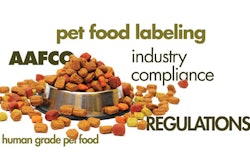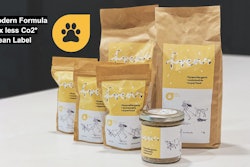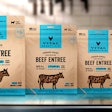
In October 2019, Mexico approved a new law for processed food labeling. If it follows the same progression as similar regulations in another Latin American country – Chile – the new law could eventually impact pet food, too.
This type of legislation was quite debated and long-awaited Mexico, as the country has silently climbed to become the most overweight and obese country in the world. Human obesity is costing millions of dollars in Mexico and nearly 200,000 deaths annually for ailments related to overweight, such as diabetes, cancer and heart diseases.
The new labeling will include graphical warnings on the packaging, highlighting excess sodium, sugars, calories, trans fats and saturated fats. The only countries in the region with similar regulations are Chile, Peru and Ecuador. Thus, it represents a major transformation for the local packaged food industry, at least in terms of explicit admonitory information.
In this regard, it is worth analyzing how the new policy could eventually affect the labeling of pet food products in Mexico. If there is a relationship between processed human foods and pet foods at all, it is convenient to sketch out the likely impacts.
Chile took the first step
The so-called pet humanization trend is impacting the pet food industry in Latin America, as it is changing the perception that pet owners have toward ingredients and overall pet nutrition. In this context, Chile is the first country trying to apply its food labeling legislation to pet food products.
In June 2019, the local congress initiated a process aiming to regulate labeling on pet foods. The initiative seeks to disclose key information on the contents of pet food products currently distributed in the country, in the same way human foods bear such information. This means that, if approved, Chilean pet food product labeling will likely include legends like “high-calorie product” or “high in fat content.”
The Chilean initiative is supported by local scientific research, arguing, for example, that “from the 33 commercial dog food products in the local market, only 12% satisfy the nutritional requirements from AAFCO (Association of American Feed Control Officials).”
Inspiration for new pet food products in Mexico?
As the healthy-labeling trend continues to permeate the Mexican processed food industry, consumers will likely start to ask for similar information for pet food products.
With increasing obesity and overweight as major public health issues, not only for people but also for pets, it is foreseeable that the local pet food industry takes next steps toward a new generation of products.













